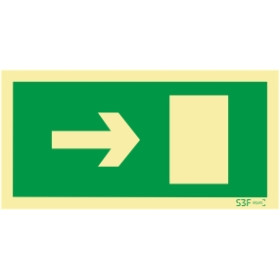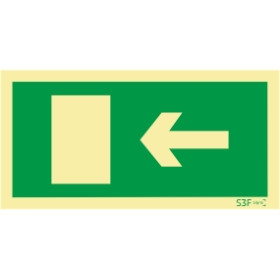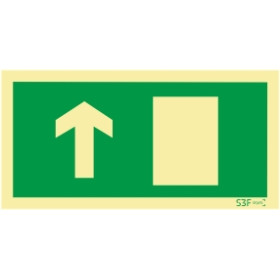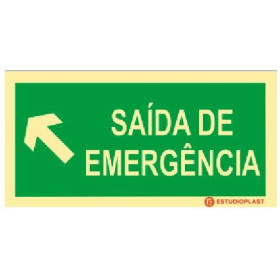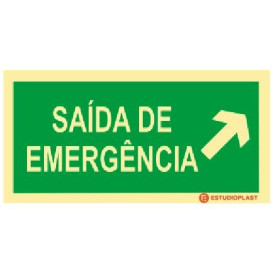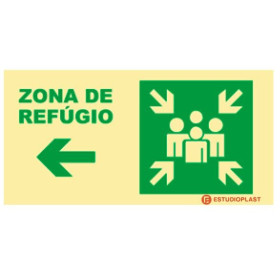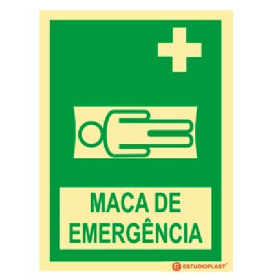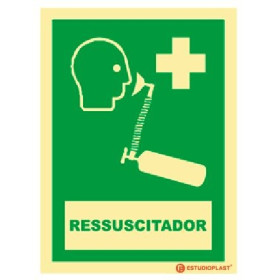Emergency
- Relevance
- Name, A to Z
- Name, Z to A
- Price, low to high
- Price, high to low
Emergency signs play a crucial role in the safety of any environment, whether it is a workplace, public building or residential space.
These signs provide vital information and guide people to emergency exits, safety equipment and safe zones in case of critical situations.
Buy emergency signs
Emergency signs are visual devices designed to inform, warn or guide people during emergency situations, such as fires, evacuations, chemical spills or similar events.
These signs usually include symbols, pictograms, text and specific colours that convey clear and understandable messages even under stressful or confusing conditions.
Importance of emergency posters
1. Effective communication
Emergency signs provide a quick and efficient way to communicate crucial information during emergency situations, such as the location of evacuation exits, first aid equipment, fire extinguishers, and safe shelters.
2. Orientation and guidance
In large or complex environments, emergency signs help orient people and guide them to safe exits and areas of refuge in the event of an evacuation or emergency situation.
3. Preventing hazards
By informing people about potential hazards and available safety measures, emergency signs contribute to the prevention of risks and the reduction of injuries and damage during critical situations.
4. Regulatory compliance
In many countries, the use of emergency signs is regulated by safety regulations and codes that require their installation in certain environments, such as workplaces, public buildings and commercial spaces.
Emergency and evacuation signs
1. Evacuation signs
These signs indicate the location of emergency exits and provide instructions on how to evacuate a building or area safely.
2. Prohibition signs
These signs warn of prohibited actions or behaviour in certain areas or situations, such as smoking, using electronic devices or handling hazardous materials.
3. Mandatory signs
These signs indicate actions that must be taken in specific situations, such as wearing personal protective equipment, following safety procedures or activating emergency alarms.
4. Warning signs
These signs warn of potential hazards, such as fire hazards, presence of hazardous chemicals or high voltage electrical areas.
Incorporating emergency signage
To ensure the effectiveness of emergency signs in your environment, consider the following recommendations:
Assess the risks: Conduct a risk assessment to identify potential threats and emergency situations in your environment and determine the necessary signs.
Install relevant signs: Place emergency signs in strategic and visible locations, ensuring that they comply with regulatory requirements and best safety practices.
Keep signs up to date: Regularly review and update emergency signs to ensure they remain clear, legible and relevant to changes in the environment and current regulations.
Provide training: Train employees, residents and visitors on the meaning and importance of emergency signs, as well as safety procedures to follow in the event of a critical situation.
Conclusions
Emergency signs are fundamental elements in the safety of any environment, providing crucial information and guidance during critical situations. Their ability to communicate clear and understandable messages can make the difference between safety and risk in an emergency.
Make sure you have the right emergency signs in your environment and contribute to the protection and well-being of everyone who lives in or visits it.












